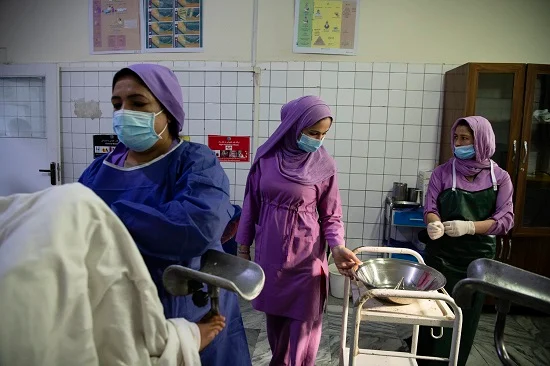A groundbreaking study published this week underscores the significant economic impact of workplace injuries and illnesses, and how fostering healthier working conditions could reclaim billions lost annually. The global economy suffers extensive losses due to these issues, with costs running into billions of dollars in various regions.
Global Economic Impact
In Australia, over 500,000 employees suffer from work-related injuries or illnesses each year, with 60% of these cases necessitating time off work. This situation costs the Australian economy approximately $30 billion annually, an amount comparable to the entire annual output of the nation’s agricultural sector.
Similarly, Canada faces annual costs amounting to CAD $29.4 billion. The United Kingdom incurs GBP £18.8 billion in costs each year, while the European Union collectively loses a staggering €467 billion annually due to workplace injuries and illnesses.
Key Findings from the Study
The research, published in the journal Safety Science by the University of South Australia’s Psychosocial Safety Climate Global Observatory, highlights that companies promoting healthy working conditions—such as supportive supervisor relationships, valuing employees’ skills, offering job autonomy, and minimizing work stress—report significantly fewer lost workdays per workers’ compensation claim.
The study analyzed working conditions in 100 Australian organizations against 12,000 injured workers’ compensation claims. It identified that organizations with a poor psychosocial safety climate (PSC) experienced 160% more lost days due to workplace injuries or illnesses compared to those with a high PSC (177 days vs. 68 days). Additionally, the costs associated with injuries or illnesses were 104% higher in low PSC organizations compared to high PSC organizations ($67,260 vs. $32,939 per employee).
Importance of a Healthy Psychological Climate
“Our findings show that a healthy psychological climate in workplaces is essential if companies want to reduce working time loss and costs related to workplace injuries and illnesses,” says UniSA ARC Laureate Fellow Professor Maureen Dollard. The research avoided individual bias by correlating organizational-level data instead of relying on retrospective surveys from injured employees.
The study further revealed that aside from a strong PSC, factors such as job satisfaction, supervisory support, adaptability of skills, and job autonomy significantly predicted quicker returns to work following an injury or illness.
The Australian Context
In Australia, during 2017-18, an estimated 563,000 people suffered work-related injuries or illnesses, accounting for 4.2% of the workforce. Sixty percent of these cases required time off work, costing the economy an amount equivalent to the nation’s annual agricultural output, or 1.6% of GDP. The most frequently affected occupations included nurses, police officers, and personal assistants, with muscle-related injuries being the most common.
Conclusion
“These findings provide more evidence that ‘healthy’ workplaces matter,” Prof Dollard asserts. “They are not only crucial to our psychological health and in preventing worker injuries, but PSC is just as important following an injury or illness.”
Building organizations with a strong PSC can help reduce time lost and lower costs through better injury prevention and management. The study underscores the necessity for businesses to invest in healthier workplace environments as a strategy to reclaim billions of dollars lost annually to workplace injuries and illnesses.












